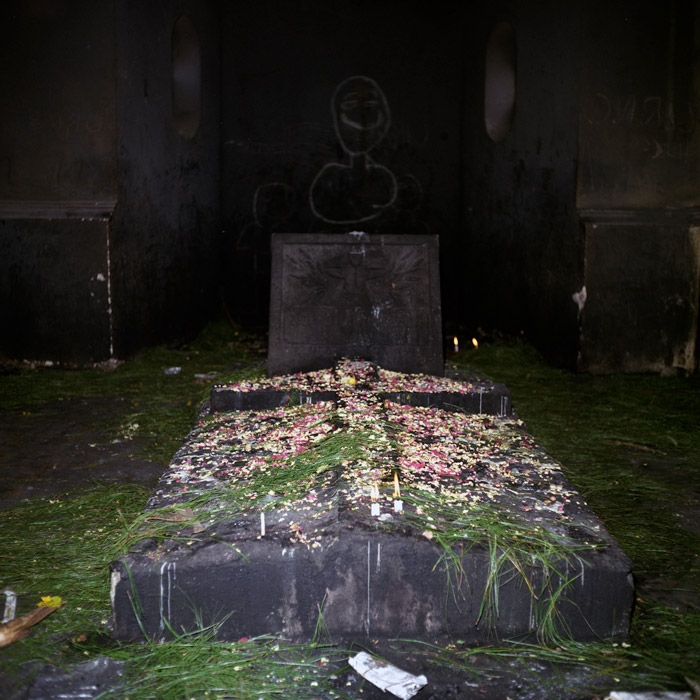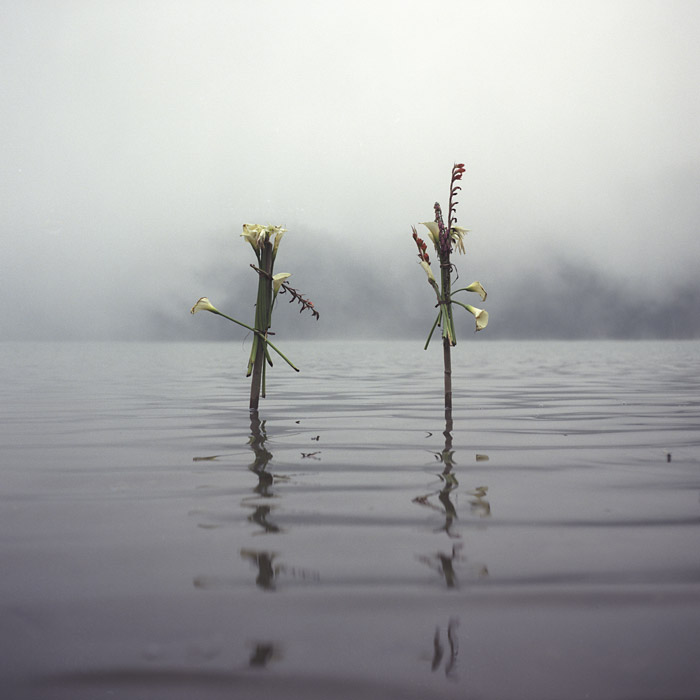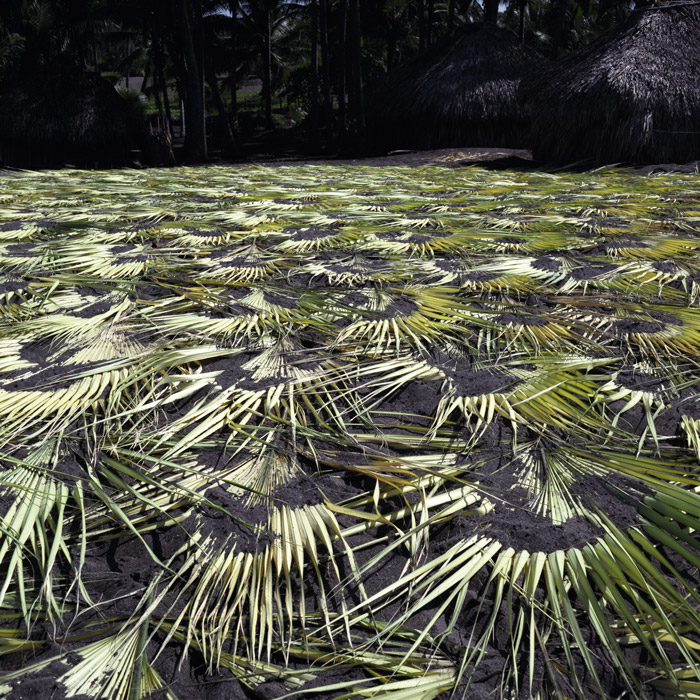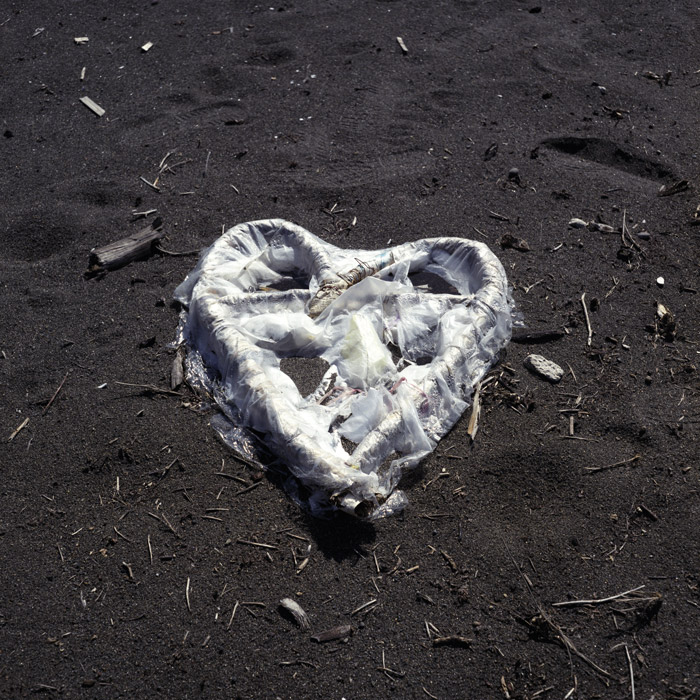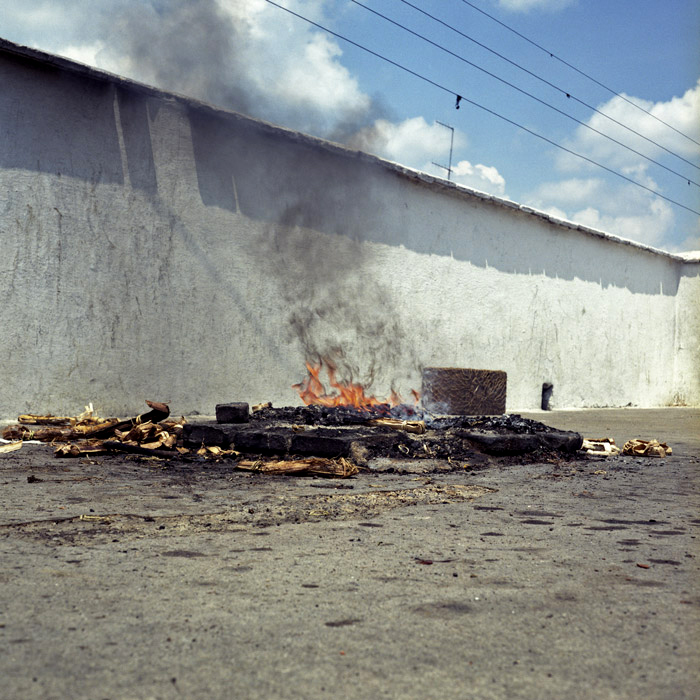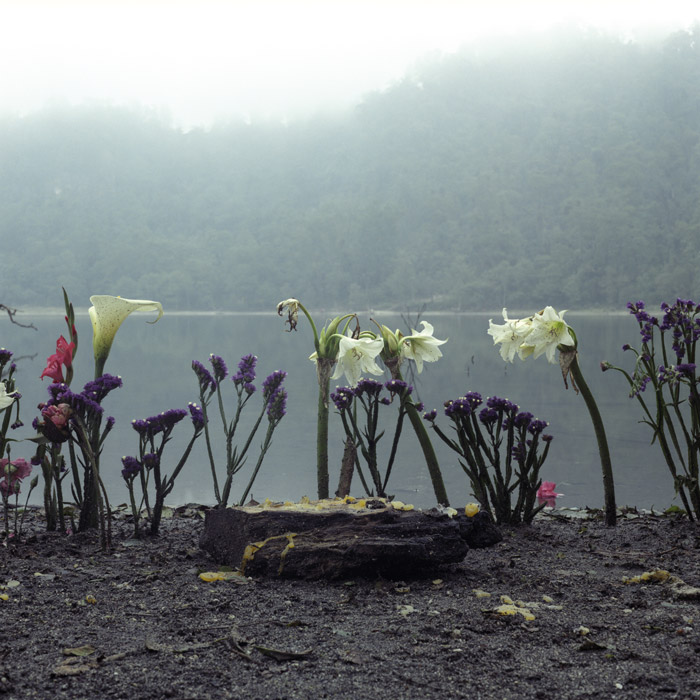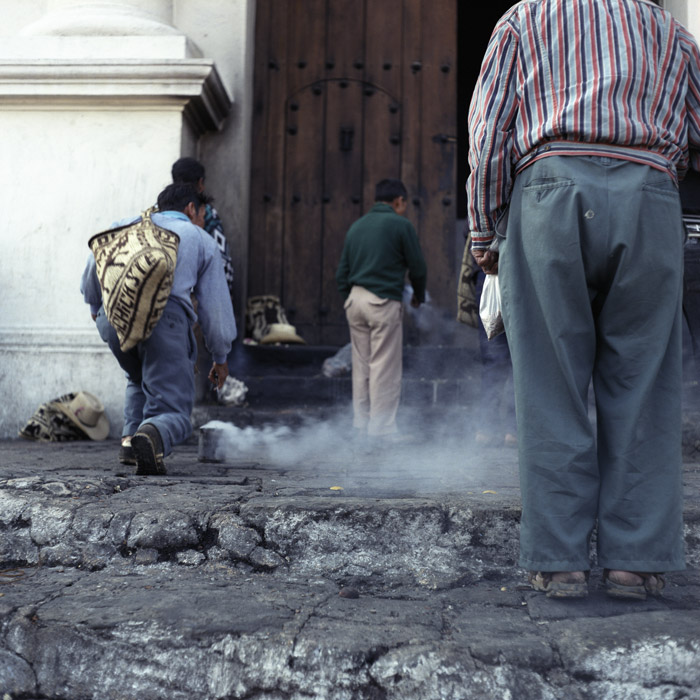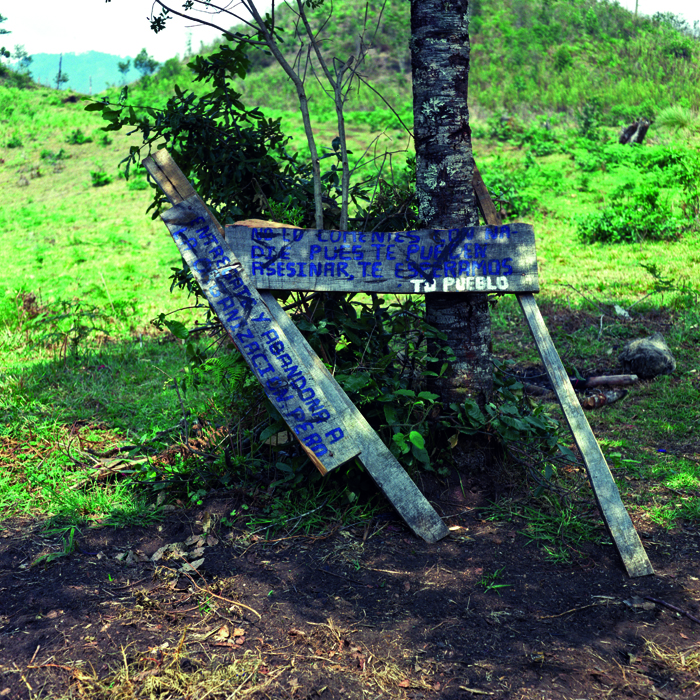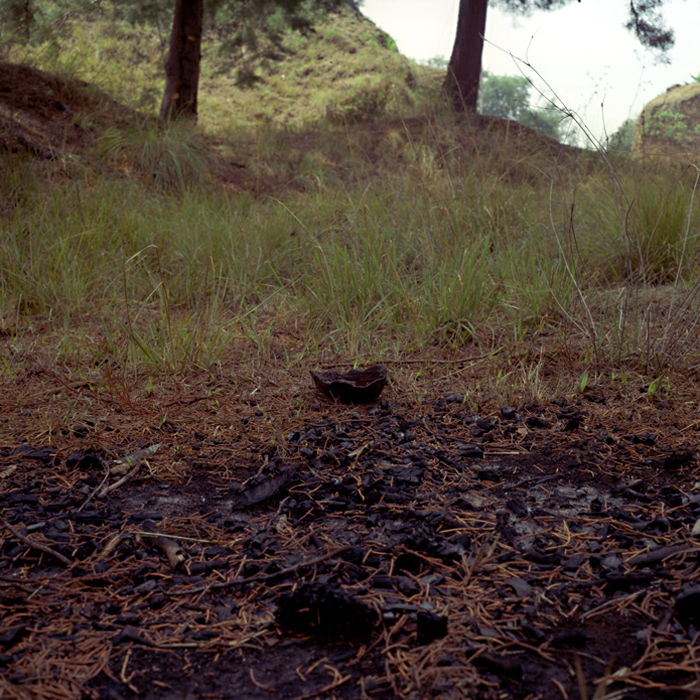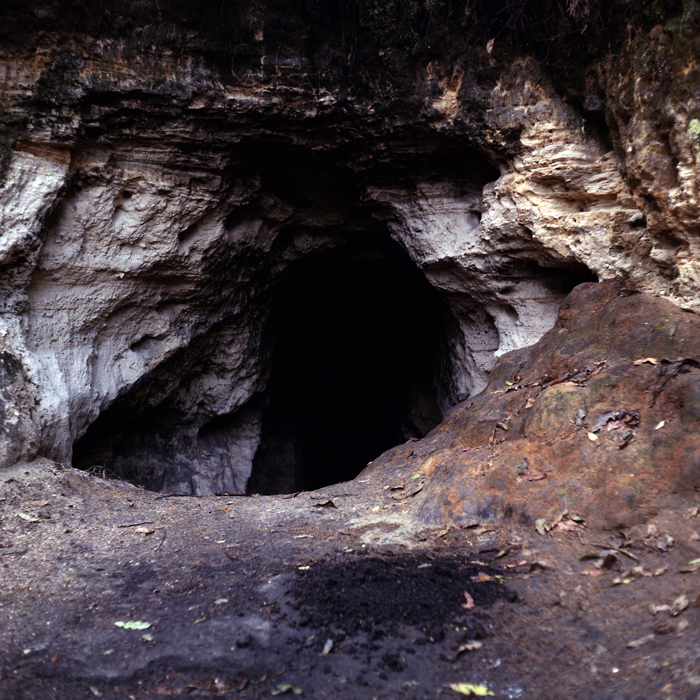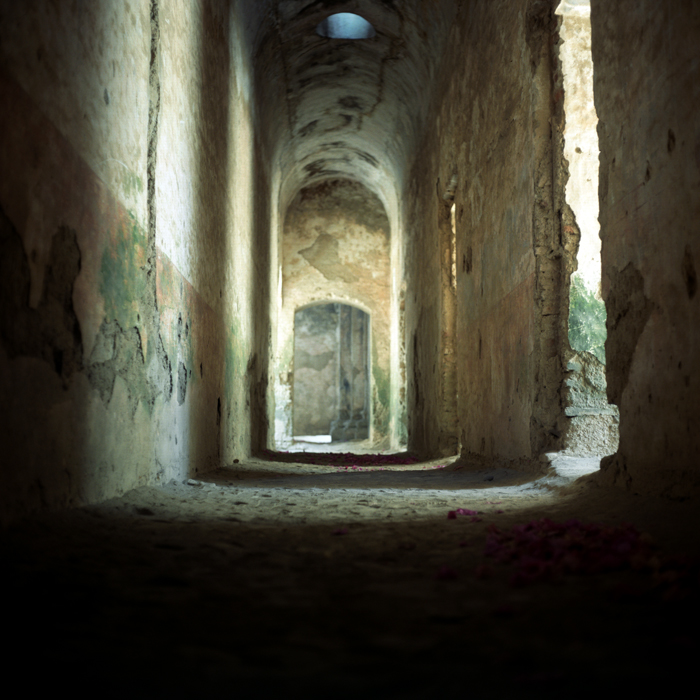For the ancient Maya, the world, the heavens and the underworld were one big unifying structure. The giant sacred ceiba tree symbolised the world-tree which united the heavens (branches and foliage), the earth (the trunk) and the underworld of Xibaldá (the roots) and it formed a loose cruxiform shape in appearance.
So when Franciscan missionaries brought Catholicism to the Maya in the 16th century they wisely allowed the existing shamanistic religion to continue alongside their Christian beliefs. This was aided by the identification of certain Maya deities with certain Christian saints. Maya ceremonies were performed in natural sacred places, often based around fertility, healing and observance. Mountains, caves, lakes, rivers and fields were and still are sacred, and many of these places have altars where prayers, offerings and ceremonies take place, these can be both public or deeply personal and hidden. They are often overseen by brujos or tzahorin (types of priest or witch doctor) and usually involve burning candles, and copal (incense), making offerings to the gods and praying for whatever the desired outcome may be.

